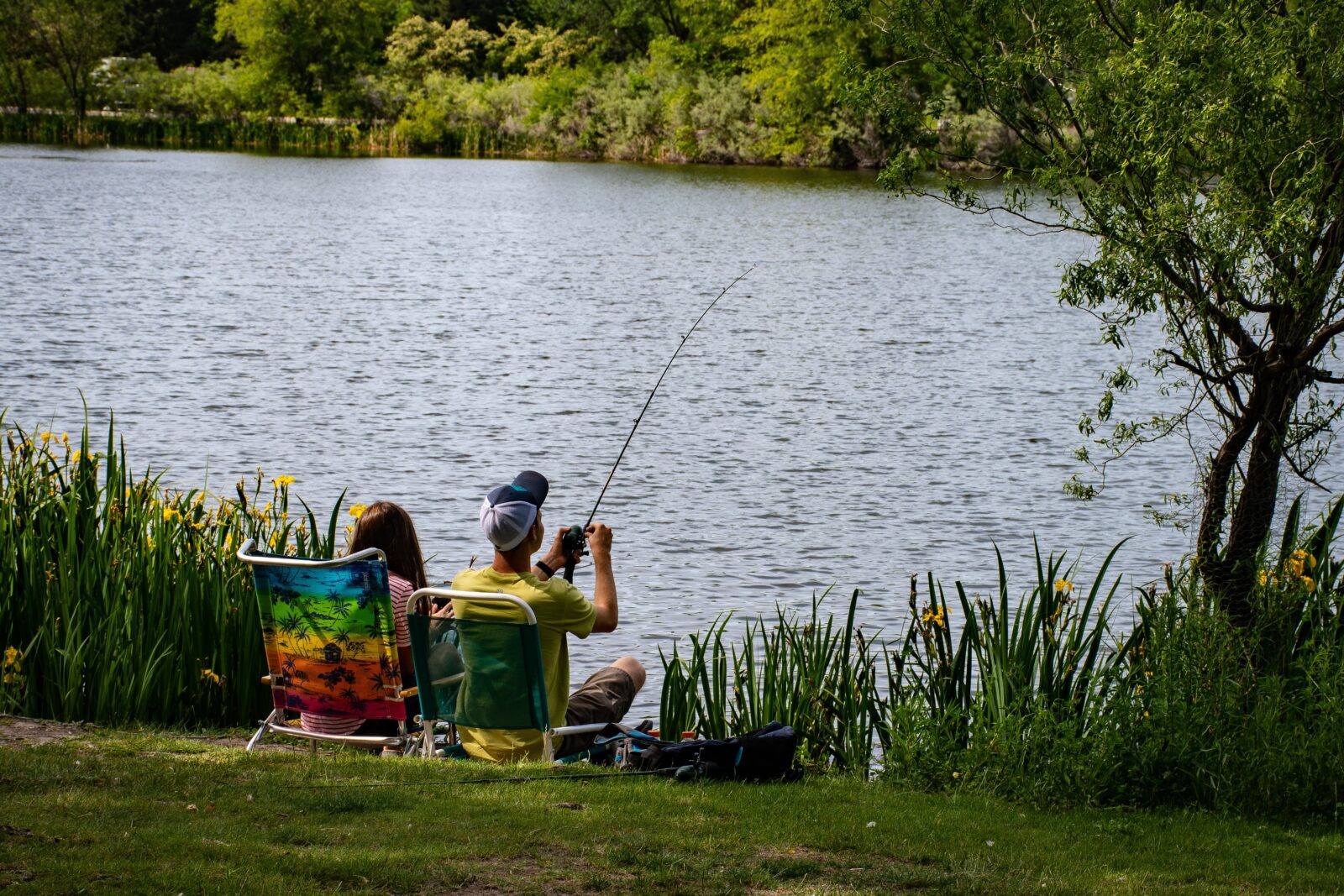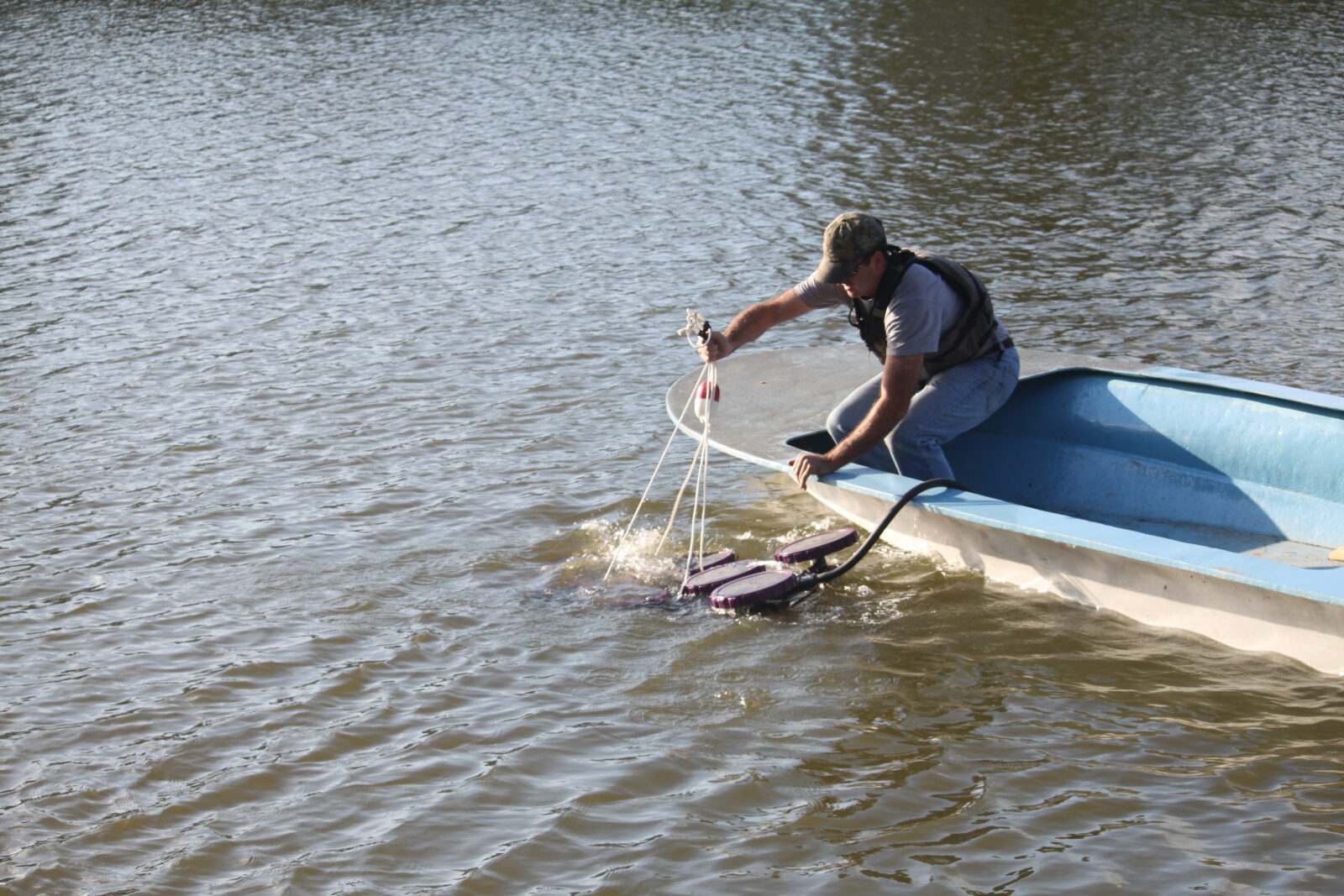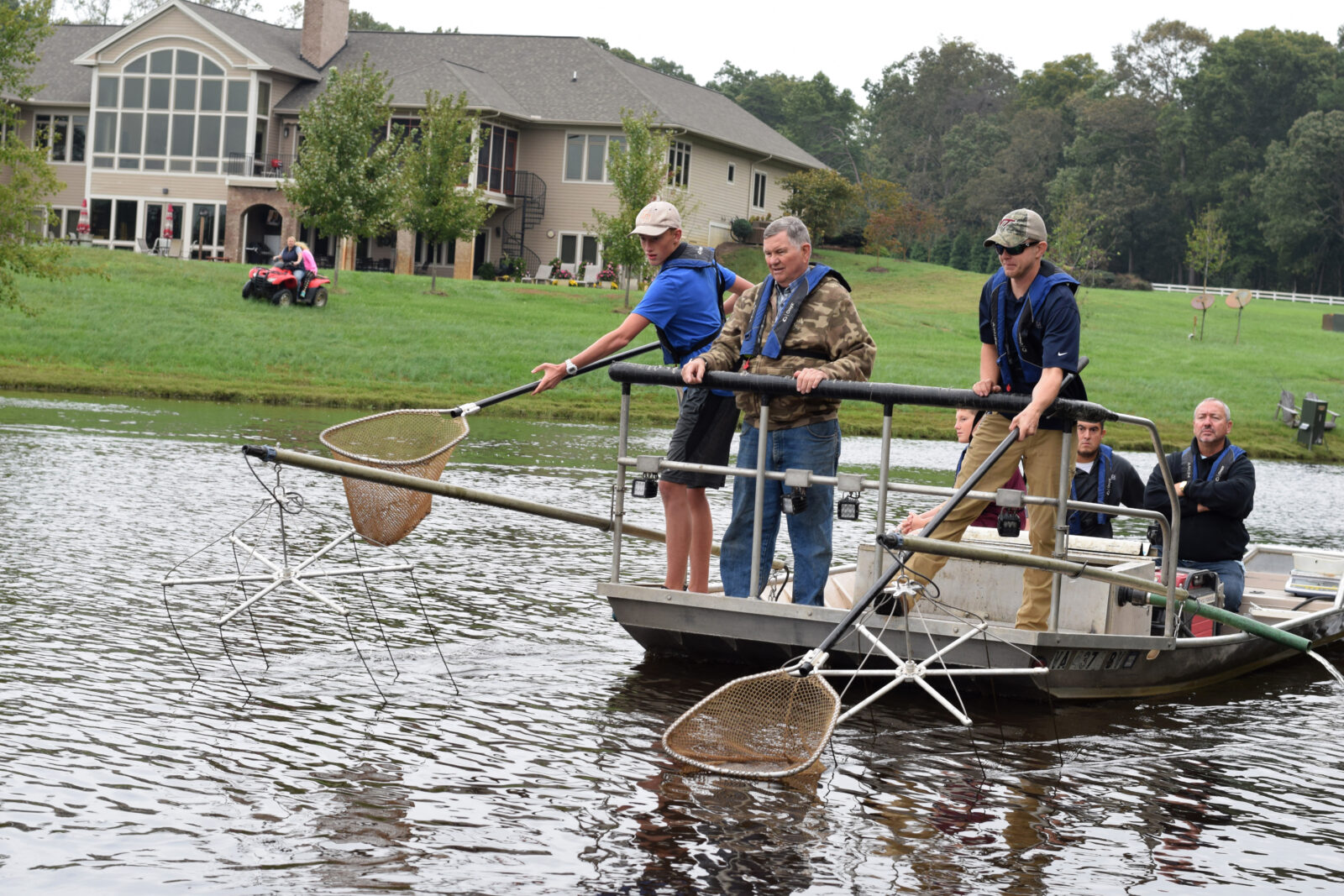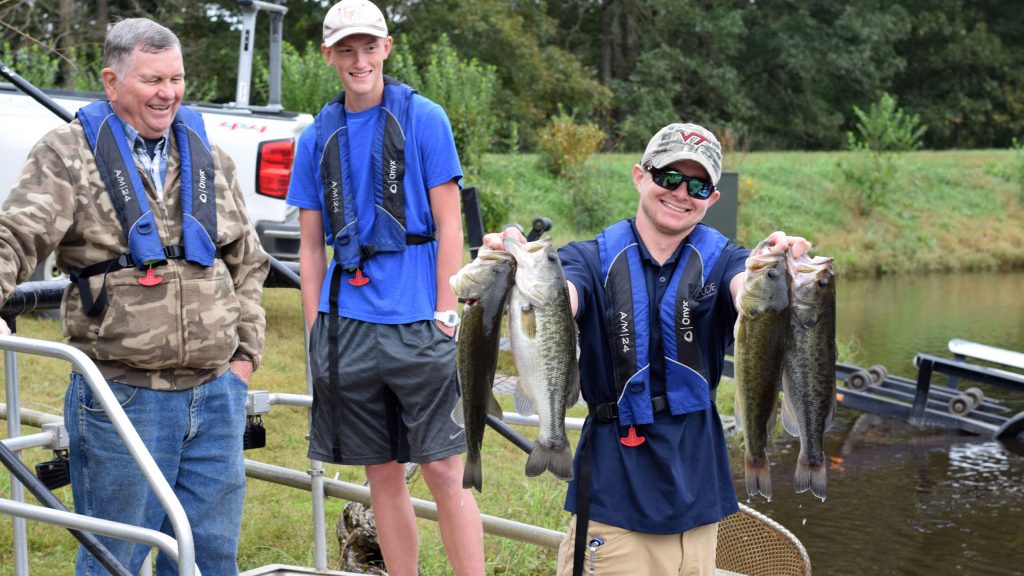
The Guide to Fish Kills: What They Are and Key Ways to Prevent Them
Have you ever walked along your pond or shoreline on one of spring’s first sunny days or the morning after a particularly strong storm, only to notice scores of dead fish in your pond floating or washed up? Not a pretty sight – or smell. Furthermore, it can be alarming to residents or patrons, leading to frantic phone calls, social media comments, and other headaches that distract from your other important duties.
This instance of many fish dying in a lake or pond is known as a “fish kill.” While it is unfortunately often too late to stop the progression of a fish kill once you start observing dead fish, there is plenty that you can do to prevent them from occurring in the future.
What is a fish kill?
A fish kill, to put it simply, is a sudden, unexpected death of a large number of fish or other aquatic life over a short time and within a certain area. It is not the natural, expected deaths from old age, injury, pollution, or starvation. Deaths from these causes are typically much smaller in quantity and do not occur at the same time.
What causes a fish kill?
A fish kill may occur for several reasons, depending on the season. But the primary reason for fish kills are changes in dissolved oxygen (DO) levels; this is a measurement of how much vital oxygen is dissolved in the water and available to sustain fish populations and other aquatic life within a waterbody. When DO levels fall too low or fluctuate too quickly, fish essentially suffocate.
How much dissolved oxygen do fish need to survive? It depends. Fish in warm water typically need DO levels of at least 1.0 mg/L. Cold-water fish usually require about 2.5-3.5 mg/L. It should be noted that while these are the minimum DO levels, they are more susceptible to sudden swings. DO can be affected by many factors, which commonly vary by season.
Summer Fish Kills
Fish kills often occur in the summer due to low levels of DO, and it should be noted that, in general, warm waters hold less DO than cold. Therefore, fish kills in the summer usually occur alongside the following variables:
- Weeds and algae utilize too much DO overnight when they can’t photosynthesize
- Aquatic weeds or a large algae bloom dying and decaying after being treated
- Oxygen-deficient water from the bottom of a waterbody being pulled upwards due to strong winds or thunderstorms
- Species of fish that spawn in the late spring or early summer, crowding out habitat and causing competition for oxygen
- Run-off from livestock, fertilizers, and other organics after heavy rains
Another common cause of fish kills is toxic algae, which most commonly develops in mid to late summer. Toxins produced by cyanobacteria (also known as blue-green algae) are not only lethal to fish, they can kill animals and dogs, and harm humans.
Spring Fish Kills
Fish kills that occur in the spring can be deceiving – often, these fish actually die off over the colder winter months. When snow and ice cover the surface of your pond or a portion of your lake, sunlight is blocked out. Without adequate sunlight, aquatic plants die and no longer produce oxygen. Dead plants then feed undesirable bacteria within the pond, which go on to further use up the oxygen in the waterbody. In these situations, DO falls to lows that cannot sustain fish populations throughout the colder months, even though fish use less oxygen in the winter.
Preventing Fish Kills
To prevent fish kills all year round, we recommend the following strategies and solutions:
- Install floating fountains, surface aerators, or submersed aerations to maintain healthy oxygen levels and circulation, prevent sudden DO fluctuations during algae and plant treatment, and limit ice formation on the water’s surface over the winter. This equipment is also integral to prevent the development of a thermocline – which refers to naturally occurring layers in the water based on temperature and DO. If sudden mixing of these layers occurs, DO levels can fluctuate significantly, triggering a fish kill.
- Partner with a company that strives to use herbicides in moderation by treating only those areas that need it, when they need it.
- Be cautious when distributing lawn or garden fertilizers that are susceptible to running off into a pond, as well as keeping livestock downstream to prevent waste run-off.
- Look for a fisheries management partner that practices responsible fish stocking, taking care to avoid pushing populations beyond what can be healthily maintained by the waterbody.
- Repair damaged shorelines to prevent erosion and muck accumulation, which reduces depth and habitat for fish.
Keep Your Fish Healthy with Annual Management
These solutions can have a big impact on DO in the water column, especially when used in tandem with one another. Though fish kills are not 100% avoidable, an annual management program is one of the most effective ways to limit the chance of a future fish kill, so residents or patrons can enjoy the water worry-free. Contact your lake management partner to begin designing your custom management plan.
Contact Us to Achieve Healthy Water Quality
Call us at 888-480-5253 or complete the form below to connect with an aquatic management expert.
SOLitude Lake Management is a nationwide environmental firm committed to providing sustainable solutions that improve water quality, enhance beauty and preserve natural resources.
SOLitude’s team of aquatic scientists specializes in the development and execution of customized lake, stormwater pond, wetland and fisheries management programs. Services include water quality testing and restoration, algae and aquatic weed control, installation and maintenance of fountains and aeration systems, shoreline erosion control, muck and sediment removal and invasive species management. SOLitude partners with homeowners associations, golf courses, private landowners, businesses and municipalities. SOLitude Lake Management is part of Rentokil, a leading business services company, operating across the United States, Canada and Puerto Rico.
For more information, visit SOLitude Lake Management at solitudelakemanagement.com, and connect on Facebook, LinkedIn and Twitter.





















